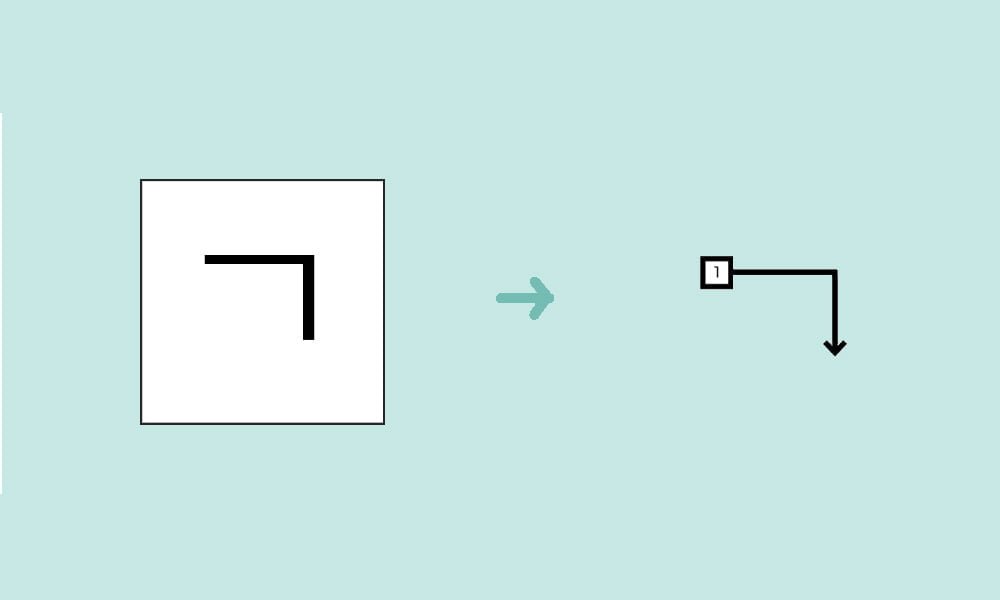The Korean alphabet and the way to write Korean are very different from what you’re used to if you speak English only. And as you’ve been studying Hangul, maybe you’ve been wondering how to write the characters: where to start, when to lift the pen?
In this post, I will try to help you get used to the Hangul stroke order.
The Korean Alphabet
Before anything, you’ll have to know your Korean alphabet (Hangul) well. You can check this post if you need to refresh your memory.

The Hangul Stroke Order : What It Is
The Hangul stroke order is the order in which you write the Hangul characters. When learning Hangul as children, Korean-speaking natives learn a specific order that they will follow (mostly) all their lives when writing Hangul. So when you write a character, you have to be mindful of its stroke order. And each hangul character has its own stroke order to learn.
This order is what you will learn today.
But to understand the strokes better, and not just memorize them, getting to know about one simple rule will help.
Top to Bottom, Left to Right
In Hangul, we follow a top-to-bottom, left-to-right rhythm.
A vertical stroke from top to bottom, a horizontal stroke from left to right.
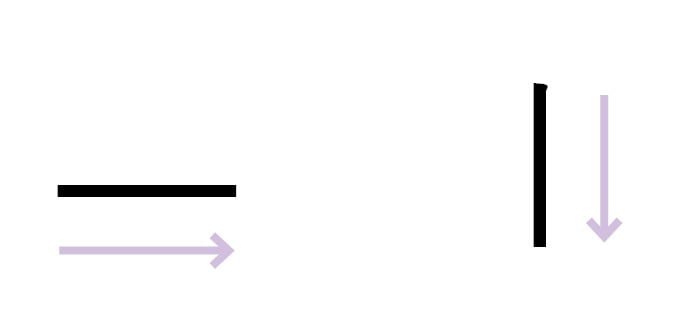
Knowing this rule will help you write any character easily even if you forgot its stroke order.
Why should I care about the hangul stroke order ?
As I wrote earlier, natives learn the correct hangul stroke order at their youngest age, and most keep it through their whole life.
Learning about the stroke order and following it might help your handwriting get recognized better by natives. And it goes the same for you. Think about the two characters nieung and mieum.
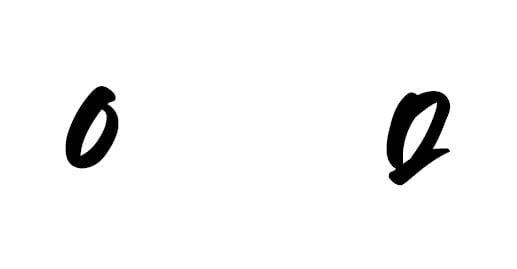
When written fast, they can be confused. A simple trick that can help discerning them is the stroke order.
Nieung is written in one stroke, so it will appear very smooth. On the other end, even when mieum loses its shape, you can still somewhat identify strokes, which would help you know it’s mieum.
You can do that with many characters, as they can become hard to identify when the handwriting style is far from what you’re used to in textbooks.
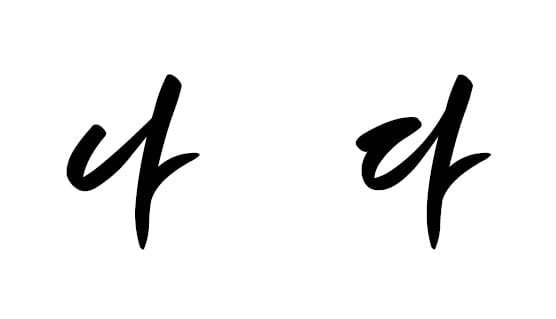
Another example using 나 (na) and 다 (da).
They look similar, but you can see the strokes in 다, helping you identify it.
But for now, let’s check the regular hangul stroke order, without stylization. It’s basically the Hangul you will see in your learning textbooks.
The Hangul Stroke Order : Letter By Letter
Hangul Stroke Order : Consonants
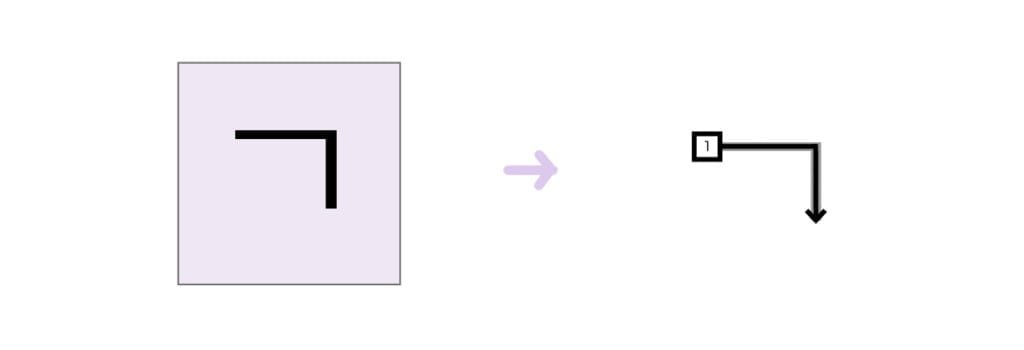
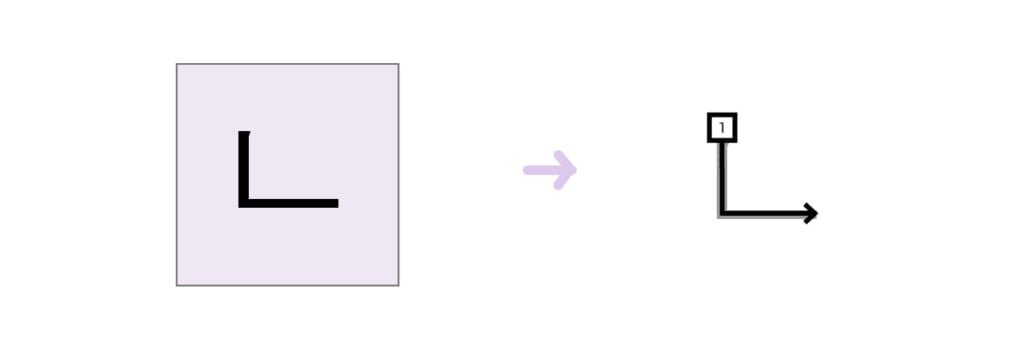

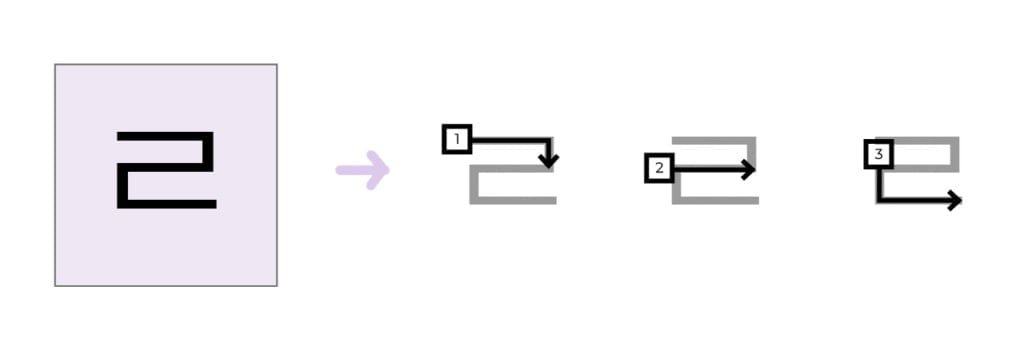
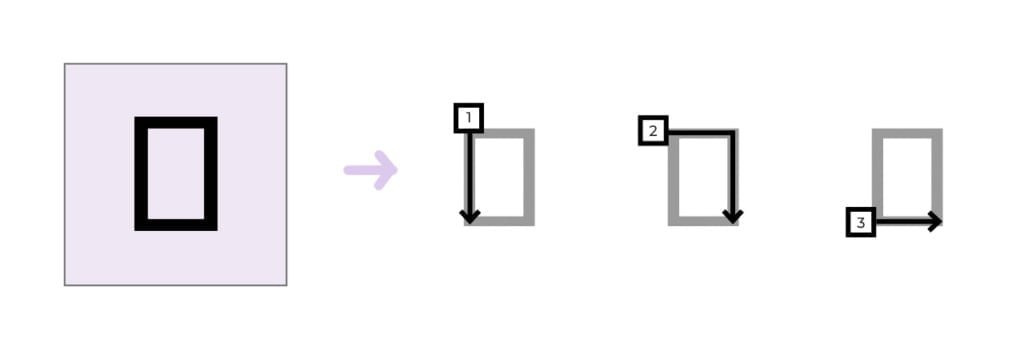

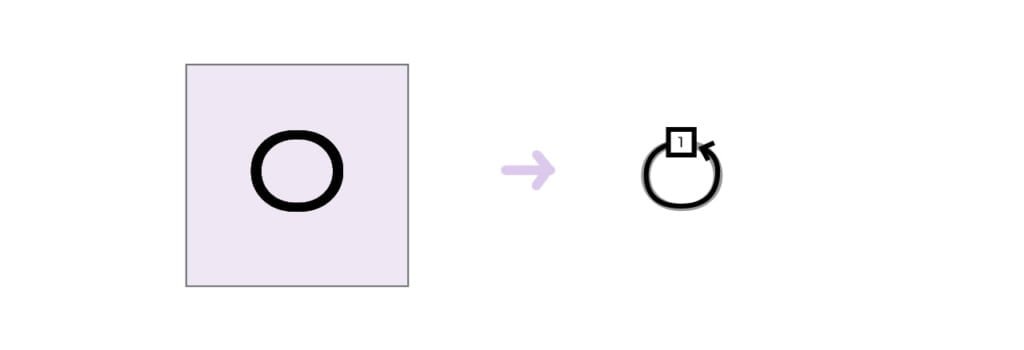
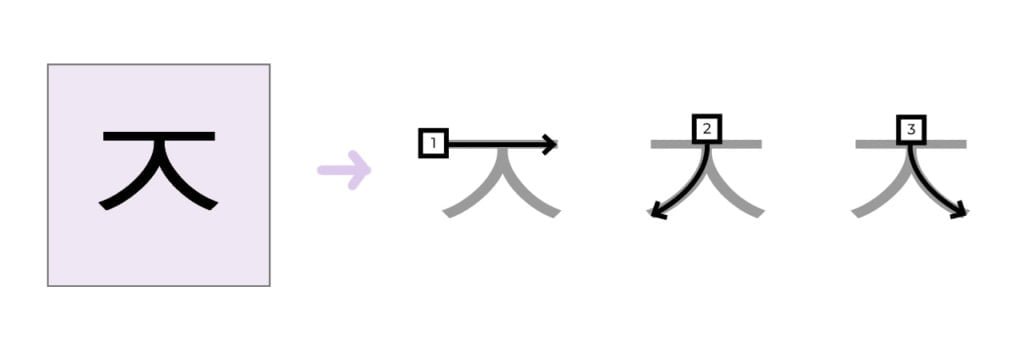
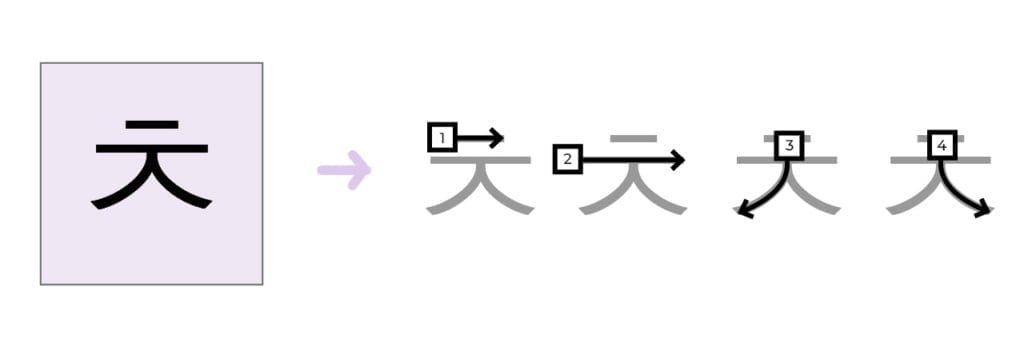
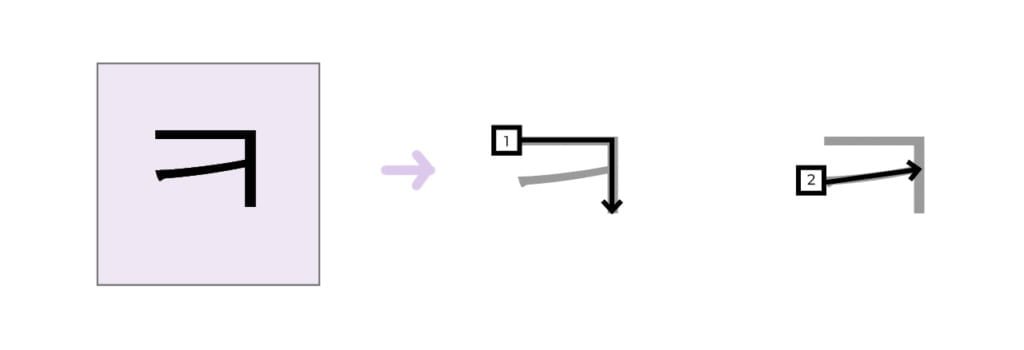

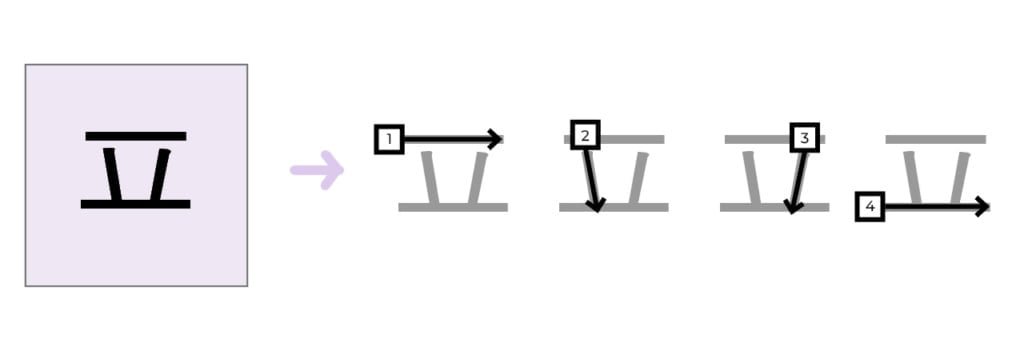

Hangul Stroke Order : Vowels

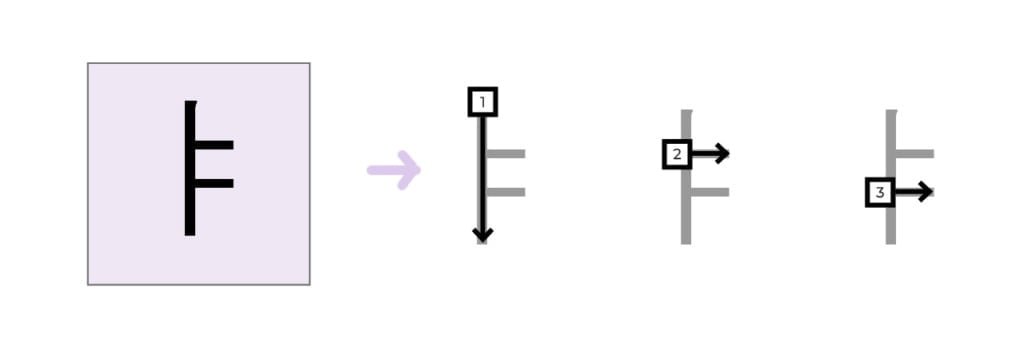
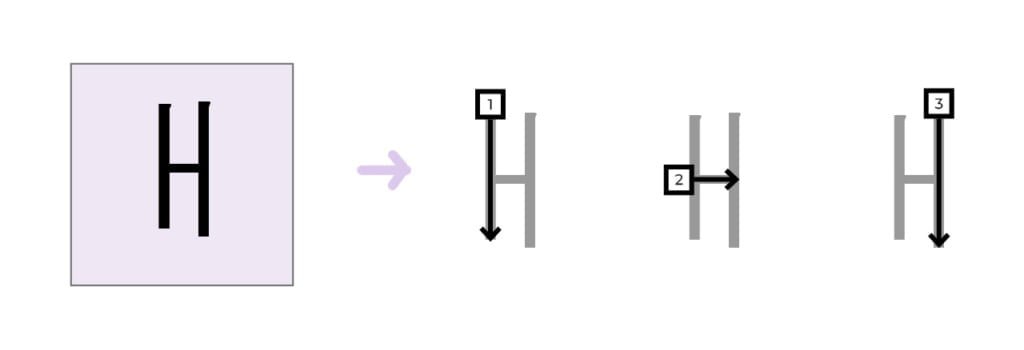



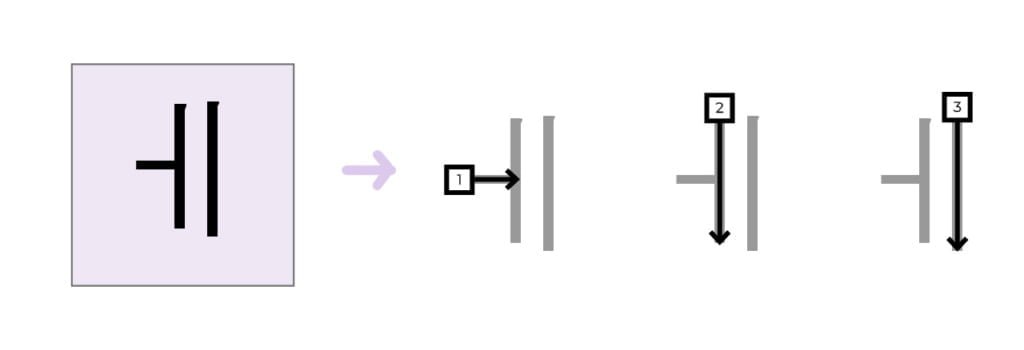
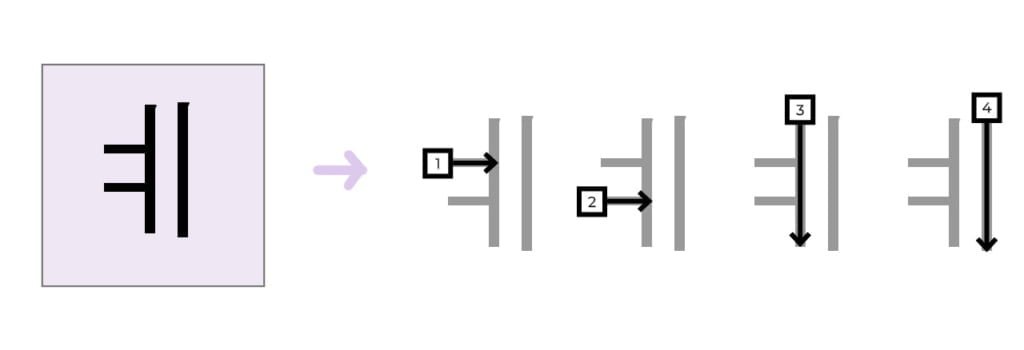

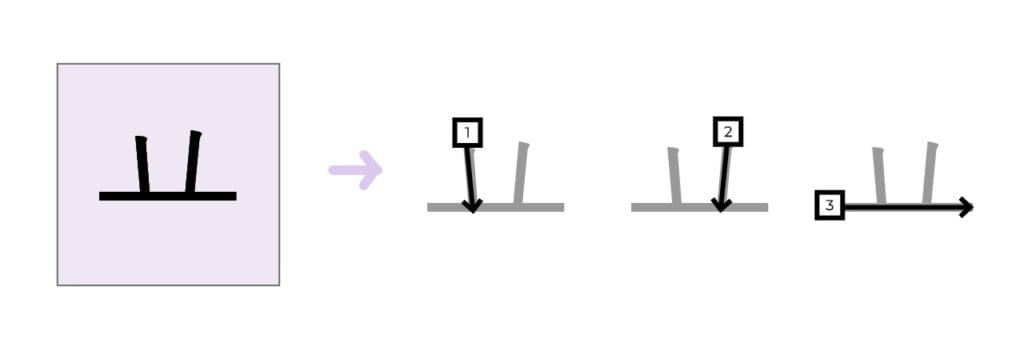
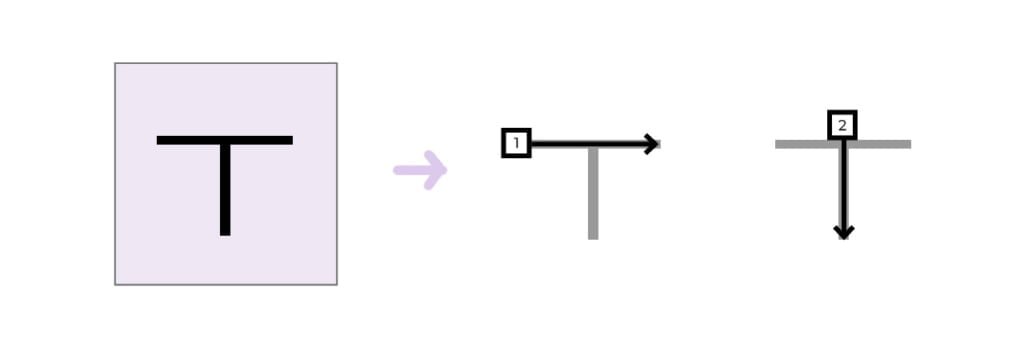
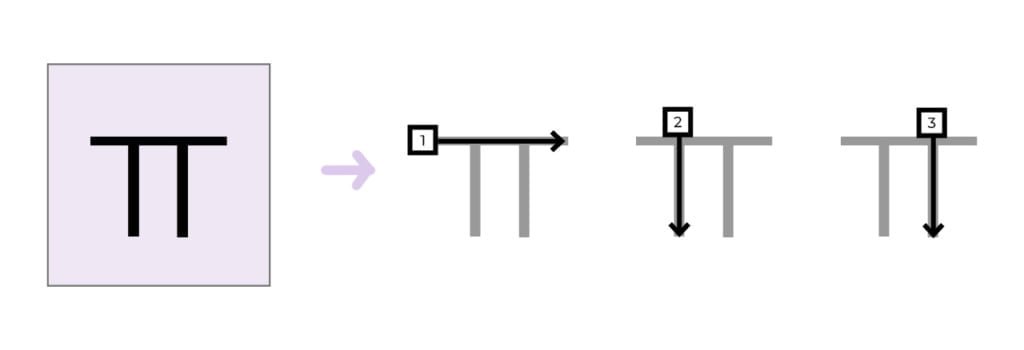

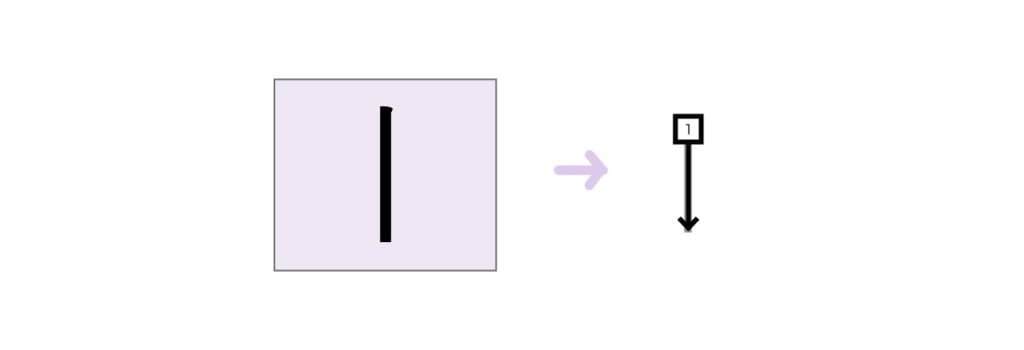
Wrap Up
There you go! An easy way to pick up the Hangul stroke order if you haven’t learned it yet. Don’t hesitate to come back to this page and double-check if you’re not sure. And always remember the rule: top to bottom, left to right!
Happy learning~


